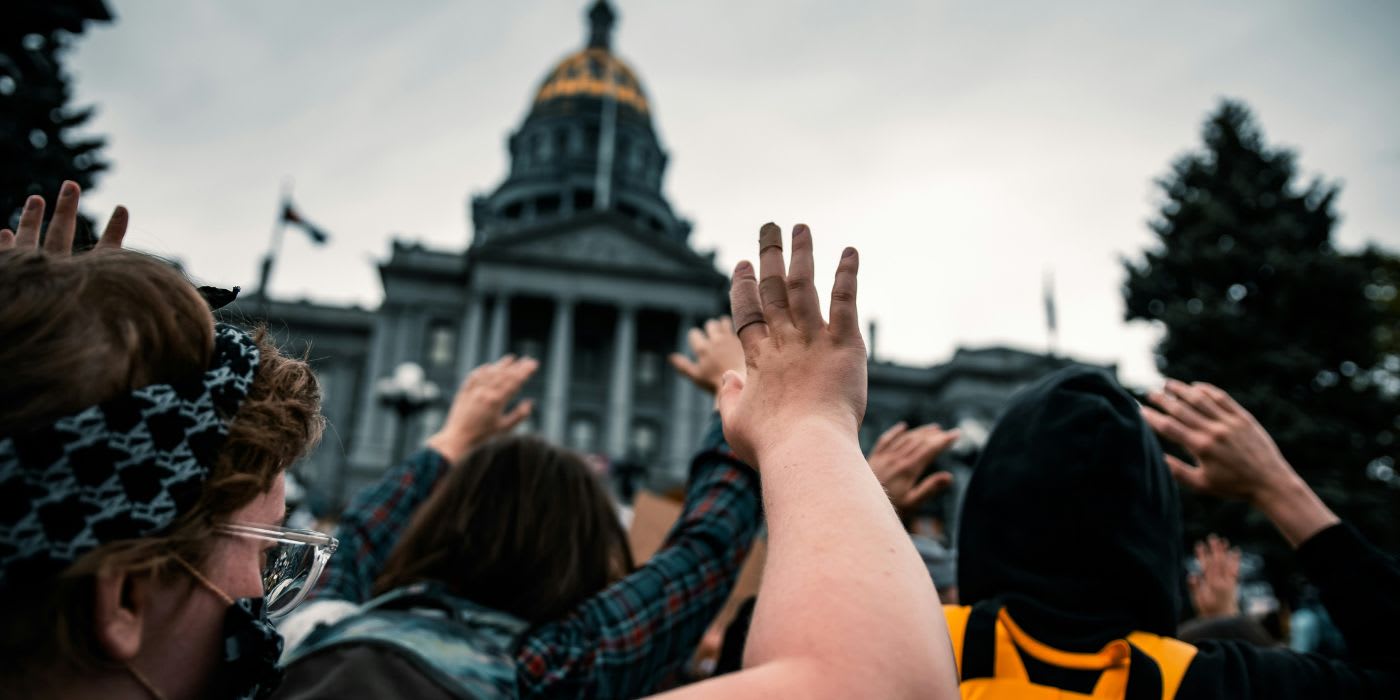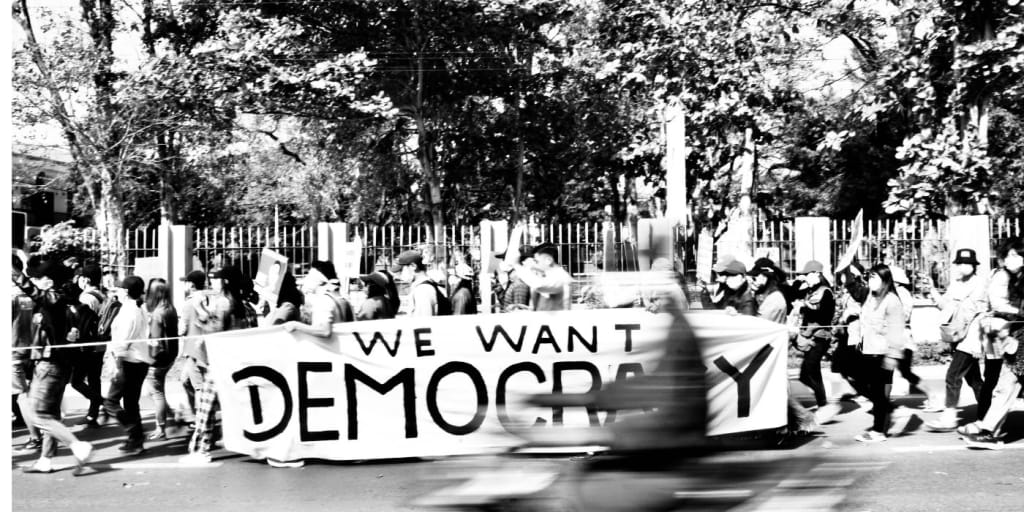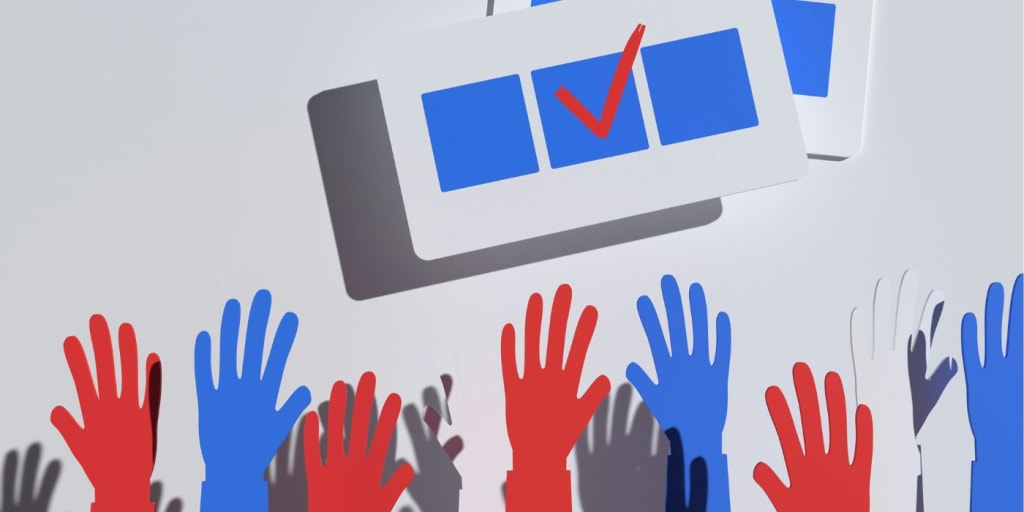
Participatory democracy is exactly what it sounds like: It is democracy where citizens participate, rather than allowing politics to be something that simply happens to them. The following article discusses what participatory democracy looks like, what works and what doesn’t, and how govtech solutions are changing how we participate.
What Is Participatory Democracy?

Participatory democracy is democracy that emphasises the active, direct participation of citizens in the policies and decisions that affect their lives and communities. Participatory democracy is something of a hybrid model of governance, encompassing elements of both representative democracy and direct democracy.
Unlike traditional representative democracies where elected officials make decisions on behalf of their constituents, participatory democracy asks for the direct input of individual citizens to improve democratic reform.
This is particularly true for decisions that are highly localised or community specific. While elected representatives still exist within participatory democracy, the role of community engagement in public policy decision-making is crucial.
History of Participatory Democracy
Forms of democracy have existed intermittently for millenia, with the first recorded democracies appearing in ancient Athens. While the ability of individual citizens to vote on day-to-day matters could be described as direct democracy, those powers were restricted to male freeborn Athenians only, which isn’t quite comparable to its modern counterpart.
The first recognisable participatory governance began to appear more recently, in the twentieth century. For example in 1989, Porto Alegre in Brazil began to use participatory budgeting as a way of deciding how public funds should be used in the city. The practice continues to this day, and has been highly successful at redistributing wealth and improving the lives of women and ethnic minorities in the city.
Participatory Democracy in the Modern World
Participatory democracy – although still uncommon – has become much more prevalent within democracies across the world. They are distinct from direct democracy in that they exist alongside other representative structures. However, the level of citizen involvement greatly outstrips that of an “ordinary” representative democracy.
Exactly what form the “participatory” aspect takes varies significantly depending on the policy issue, local context and level of public interest. Some examples of participatory democracy processes include:
- Town hall meetings
- Citizen Assemblies and Juries
- Participatory budgeting
- Participatory mapping
- Public consultation
However, anything that brings ordinary citizens together for the purposes of governance, policy and decision-making can be regarded as an example of participatory democracy.
Benefits of Participatory Democracy

There are many benefits of participatory democracy, especially when compared to representative democracy and direct democracy.
Having more civic participation from citizens allows representatives to understand and act in a way that is well-informed of public will. It allows public feeling to be understood and acted upon, without the excessive administrative costs and other issues associated with direct democracy. Other benefits include:
Engaging Citizens
Engaging citizens in public life is a benefit in itself. Engaged citizens create resilient, empowered communities. An engaged citizenry means:
- Higher turnout at civic activities, like public meetings.
- People vote, both in elections and when opportunities to engage in direct democracy arise.
- The public are informed of national and local issues, and are generally active citizens.
- Diverse voices are heard, rather than just the same handful of people.
When citizens are engaged regularly and meaningfully by governments, public bodies and similar organisations, it can become self-reinforcing. Once a community is engaged in civic life, they often encourage others to do the same and share knowledge they have gained in the process. Engaging citizens therefore has both an immediate and long-term benefit to society.
Education and Enfranchisement
Participatory democracy encourages people to learn more about the political systems that govern their lives. When citizens feel they can meaningfully take part in the decisions that affect them, they are more likely to freely seek out information on those decisions. Raising the general level of political education helps more voices be heard, and improves the calibre of discussion around any given policy.
Educated citizens are also meaningfully enfranchised citizens. Not only are they able to vote, they are able to vote according to beliefs and opinions credibly informed by facts. This goes a long way in combating the spread of disinformation in political discourse.
Trust and Legitimacy
When citizens are directly involved in shaping the decisions that affect them, they are more likely to trust the institutions and public bodies enacting those decisions. Participating fully in public life means citizens do not feel alienated from the structures around them. It can then build mutual respect between policy-makers and the public.
When citizens trust that decisions are both considered and fair, that gives those decisions legitimacy. This legitimacy is often deeper than simply allowing elected representatives to make decisions on their behalf, as the public can see how the process of consideration occurred. This is why it is important to consistently feedback how examples of participatory democracy feed into wider public decision-making.
Greater Community Cohesion
The participatory process can, under certain circumstances, encourage a dialogue between groups that may otherwise not see eye to eye. Collective decision-making, particularly if it involves deliberation by participants, can promote empathy, understanding and create shared goals.
Communities that cannot see how decisions are made sometimes look for people to blame, whether that is external power structures (e.g local councils) or others within their community (particularly minority groups). Communities that have a say in decision-making can see how and why things are done a certain way, creating greater community cohesion.
Policy that Works for Everyone
When a policy is shaped by the public, it is more likely to reflect the needs, desires and experiences of the community as a whole. Instead of the voices of just a few influential elites, participatory democracy allows everyone to have a say in the policies, projects and planning decisions that affect their community.
For citizens, democratic engagement produces policies that are a “better fit” for their community and consider their needs. For decision-makers, policies informed by citizen participation are more likely to both anticipate and mitigate potential issues early in the policy-making process. This saves time and resources for governments and public bodies. It also heads-off potential conflicts before they can arise.
Challenges of Participatory Democracy

Participative democracy is clearly valuable, but it is not without its challenges. Participation naturally involves people engaging with one another, and in any such exchange, there is always the potential for misunderstanding or conflict. Some of the key problems associated with participatory democracy include:
Lack of Deliberation
While participatory democracy certainly brings people together, it is not necessarily to engage in extensive deliberation. Deliberative democracy has the advantage of both encouraging the participation of citizens and also encouraging those citizens to deliberate extensively on any given issue. While all deliberative activities can be said to be participatory, some forms of participatory democracy are not deliberative.
Engaging in deliberation means that individuals can hear the viewpoints of a diverse range of people, rather than relying on only information provided by facilitators. While participatory activities can be useful to policy-makers, if the policy-makers themselves are guiding the process too much, then they can end up “reflecting” their own views back. Instead, allowing participants to deliberate openly can produce more organic results.
Influence of Specific Groups and Individuals
It is a common problem in any citizen engagement activity that “big personalities” or vested interests may come to dominate a room. This may be someone who has a partisan position looking to influence a certain outcome. It may be a representative of a pressure group who has come to an activity with a particular goal in mind. It may even simply be someone who is particularly loud and assertive.
It is therefore important for anyone running an activity like this or facilitating participatory democracy in general, to attempt to mitigate this. This could include:
- Making sure everyone present has a chance to speak.
- Having representation from all stakeholder groups. This is best guaranteed by stakeholder mapping.
- Balancing partisan interests present.
- For group activities, splitting existing groups up to allow them to engage with different viewpoints.
It is impossible to fully negate the effect of different levels of experience, confidence and interest. However, a good facilitator can make the process significantly more equitable.
What Happens When People Disagree
Whereas people can disagree quietly in the ballot box, participatory democracy often requires people to be more open and collaborative. This can bring people into conflict with one another, particularly between stakeholder groups with opposing interests. Even consultations, where responses are anonymous, can inspire a great deal of public discussion and sometimes contention.
Disagreement is not necessarily a bad thing. It can be a healthy way to identify issues and mitigate concerns. However, sometimes disagreement can cause unrest and serve to entrench divisions within a community. Again, active facilitation can go a long way towards preventing this.
Reaching Out
Perhaps the most common issue for participatory democracy is how few people participate. Although there has been a large increase in the number of participatory activities in recent years, it is often the case that the majority of the population simply don’t know when they are happening.
This lack of awareness is compounded by barriers such as digital exclusion, distrust in public bodies, and not having the time or capacity to engage. Therefore even when opportunities to participate exist, they are not always taken up.
Organisers must put significant effort into making the public aware of participation opportunities. Traditional methods, such as notice-boards, local newspapers and written letters can be tremendously helpful. Social media and digital media as a whole can also reach a great many people, with very little cost to facilitators.
How Govtech Revolutionises Participatory Democracy

Govtech is reshaping participatory democracy in ways that would have been difficult to imagine just a decade ago. Where organising participatory activities once relied heavily on human effort and excessive administration, much of this can now be done quickly and easily using purpose-built software.
This shift has eased many of the logistical burdens that traditionally came with public participation. With fewer resources required, governments and public bodies can more easily conduct engagement activities. Citizens can have their say frequently and on a variety of issues, all while keeping costs and resource-use low.
Beyond improving existing processes and making them more cost effective, govtech has enabled entirely new forms of citizen participation. Citizens can now take part in participatory budgeting exercises online, giving their view on how public money in their area should be spent. Geospatial data can be used to facilitate participatory mapping. This allows people to contribute directly to decisions about spatial planning, flagging issues or identifying opportunities in their communities. Citizen engagement platforms provide a one-stop-shop for all the information and data citizens need to participate fully in consultations, surveys and online group discussions. They can also provide feedback to those participants in real time.
Participatory democracy existed long before personal computers, however technology has created a shift that has seen widespread participation become much simpler. It is likely that, as technology continues to advance, so too will participatory politics.
Citizen Space is the go-to platform for connecting governments, developers, and citizens. If you’d like to learn more about how our software supports political participation, book a free demo and we’ll walk you through it.
Sign up for the Delib newsletter here to get relevant updates posted to your email inbox.